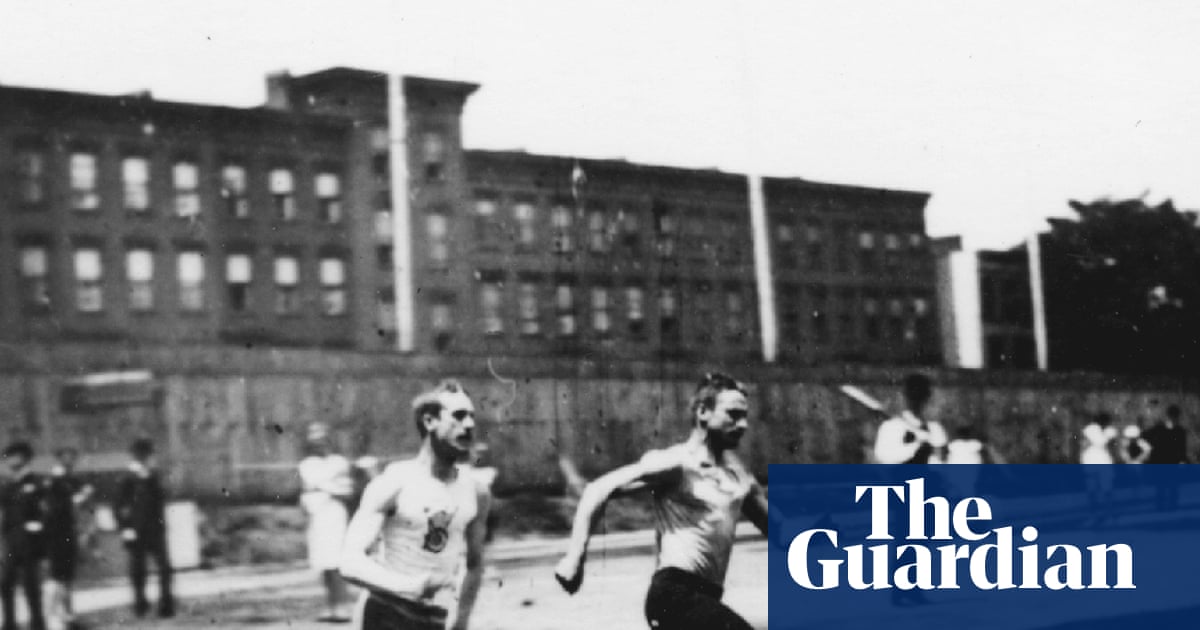
"Daguerreotypes are cherished for their eerie clarity, like this one from the 1840s. Unfortunately, achieving such detail required agonizingly long exposure times, from 15 minutes to half an hour, depending on lighting. This required subjects to sit motionless for long periods of time, and various props were employed to keep sitters still and avoid motion blur Photograph: The Brooklyn Museum Brainerd's spy camera', a box-form"
"apparatus disguised to look like a book, allowed him to move in close without drawing attention to himself. This 1878 image of a longshoreman in Brooklyn's waterfront district might have been snatched from the pages of Charles Dickens or William Makepeace Thackeray Photograph: George Bradford Brainerd Photograph Collection, Brooklyn Public Library/Center for Brooklyn History. A whimsical Kodak promotional image from the early 1900s designed to"
"Brainerd had developed his own emulsions, carefully working out the right combination of light-sensitive silver halides suspended in the gelatin binder to coat the glass plates. Brainerd would also devise a mechanical shutter that could click off exposures of at least 1/250 of a second Photograph: The Brooklyn Museum During the wet collodion era, the apparatus was still quite bulky and photographic equipment was often hauled"
Daguerreotypes produced strikingly detailed images but demanded long exposure times, often 15 to 30 minutes, requiring sitters to remain motionless and use stabilizing props. Photographers used concealed or specialized cameras to approach subjects and capture candid scenes. Innovations included custom emulsions of light-sensitive silver halides in gelatin and mechanical shutters capable of high-speed exposures such as 1/250 of a second. During the wet collodion era equipment remained bulky and was transported by packhorse. Printing relied on contact printing, prompting photographers to carry multiple cameras to produce different print sizes.
Read at www.theguardian.com
Unable to calculate read time
Collection
[
|
...
]